Harrop Hairwing Green Drake 01/31/2025 Photo Album
It appears that I have not tied Harrop green drakes in quite awhile, as my last post was on 04/13/2018, and that is very late in my annual fly tying cycle. My post of 12/29/2015 provides the story of my introduction to this productive fly. My lack of more recent posts suggests that I have not used the hair wing extensively in recent years, or perhaps I posted under a different name that avoids my search string.
The hair wing version of the green drake is very similar to the comparadun from a color perspective; however, it possesses the unique characteristics of hackle and a swept back deer hair wing. The hardest aspect of tying the fly is positioning the angled deer hair as the last step and preventing it from rolling around the hook or sliding into the hook eye.
This fly is usually my third option during green drake emergences; however, on occasion I knot it to my line as a prospecting pattern, as it resembles a stimulator. I had quite a bit of success prospecting this fly during July on the upper Arkansas River during gray drake activity.
My count revealed that I was running low on both size twelves and fourteens, so I cranked out four fourteens and two twelves. Hopefully these flies will see some action during 2025.

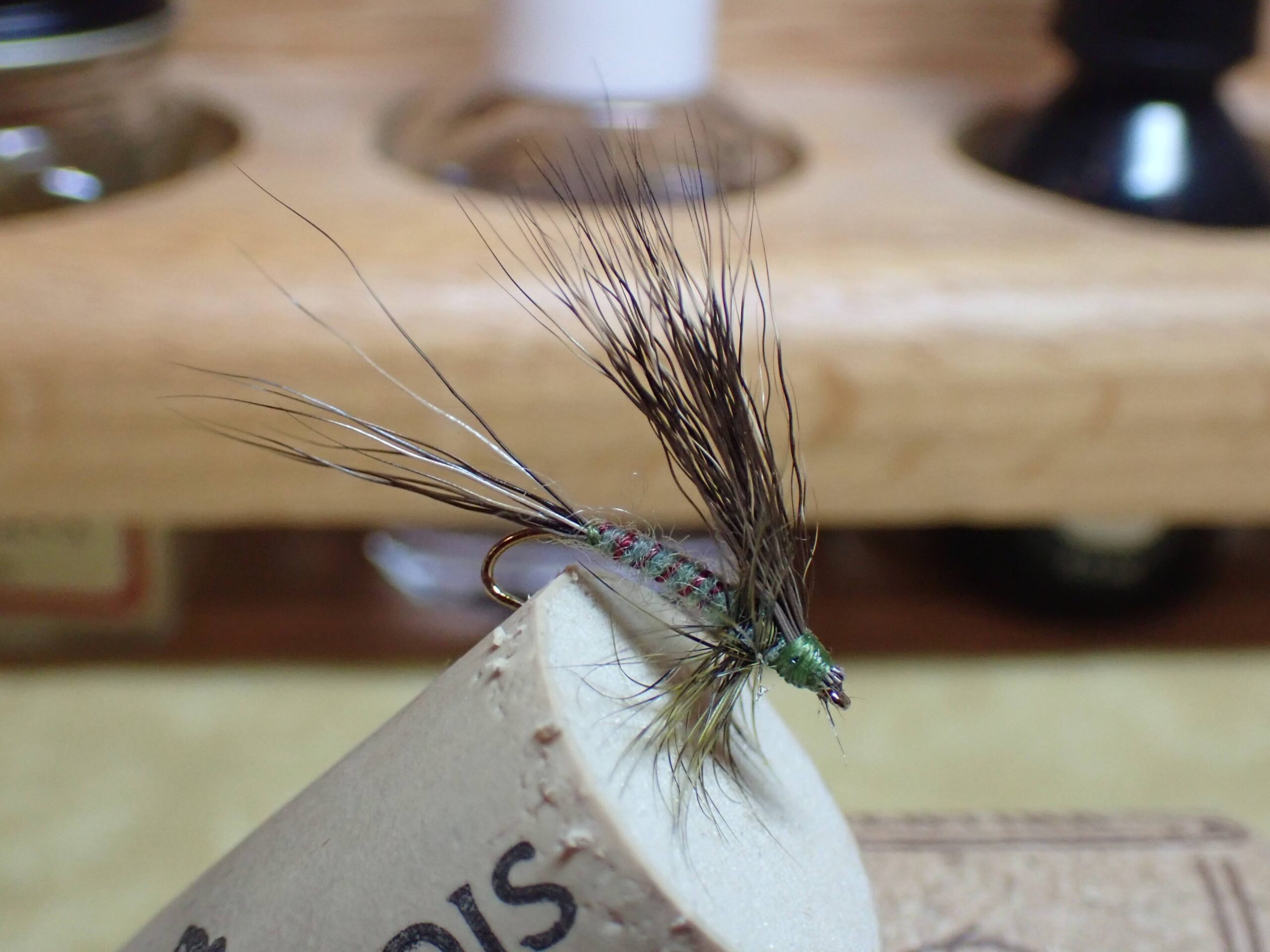 Size 14
Size 14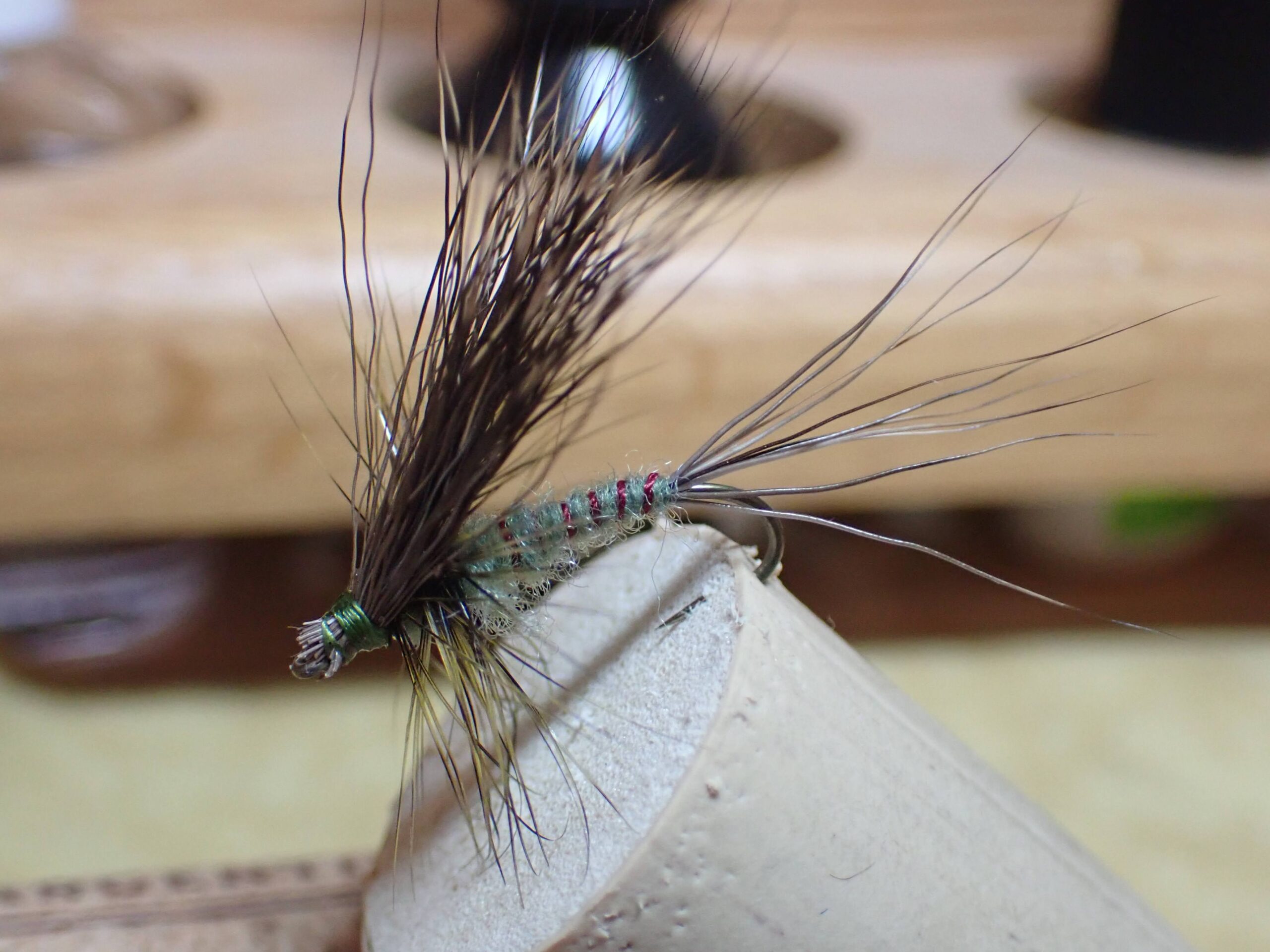 Size 12 Hovering
Size 12 Hovering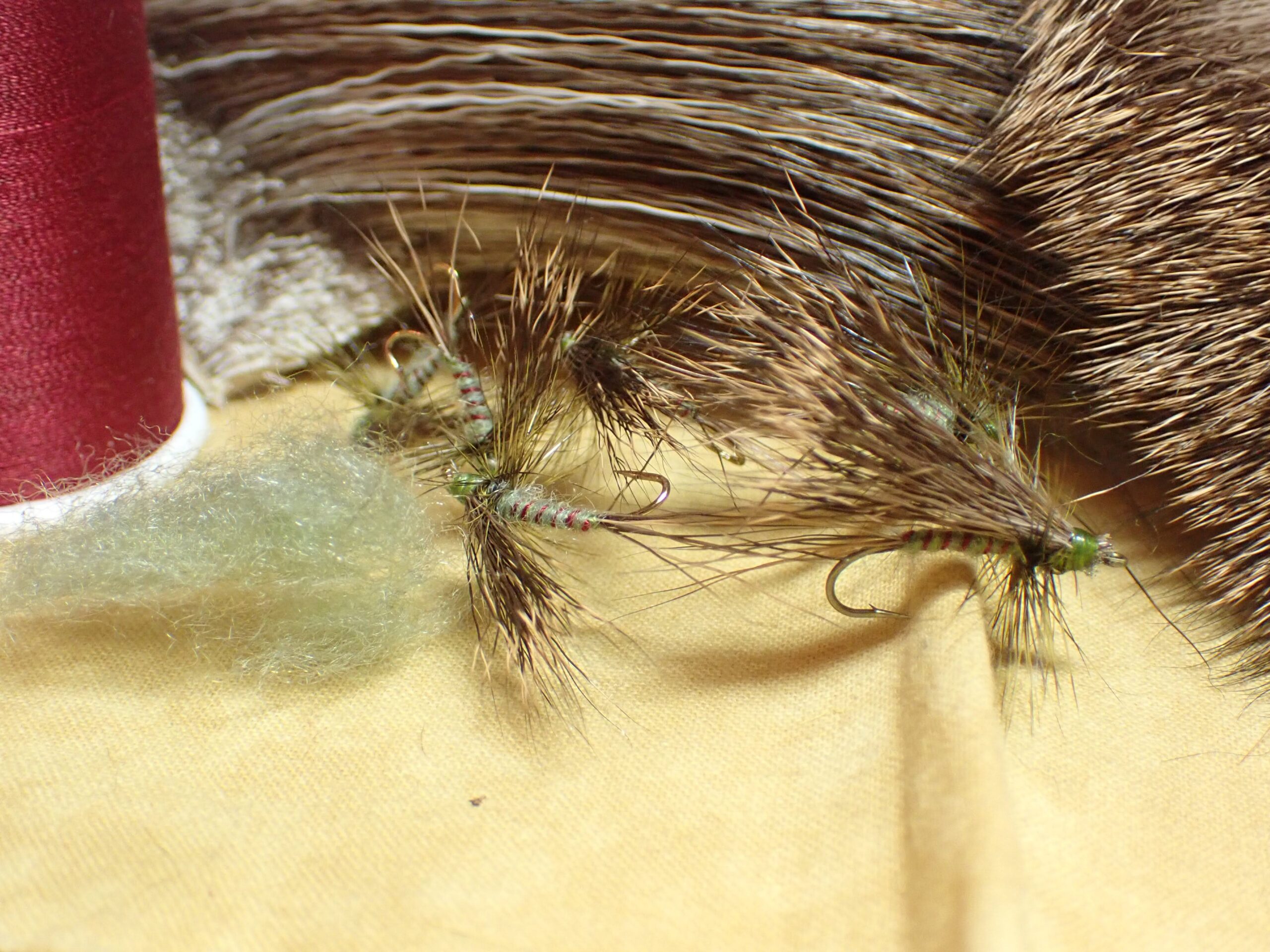 Batch of Six with Materials
Batch of Six with Materials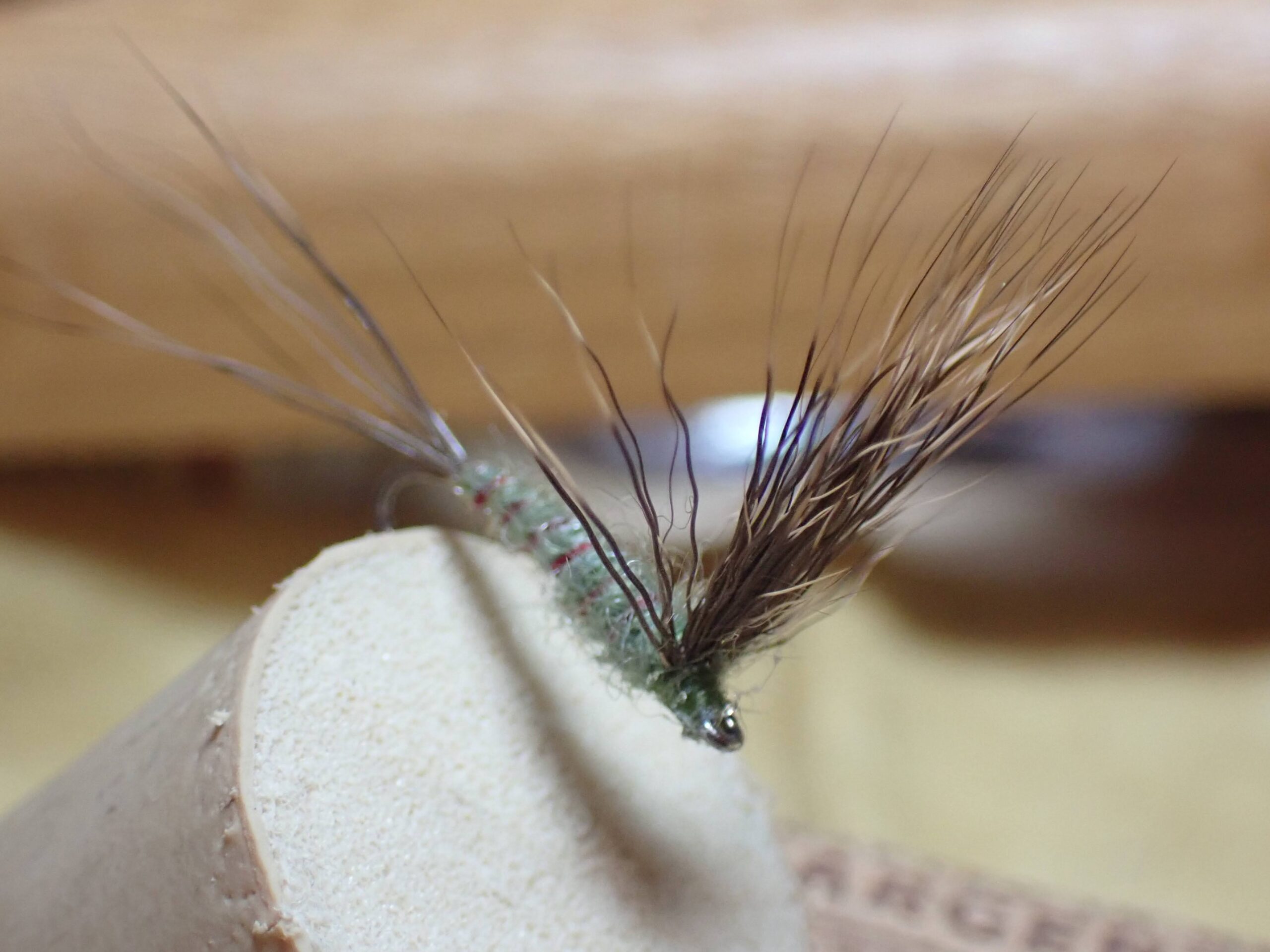 Size 14 Comparadun
Size 14 Comparadun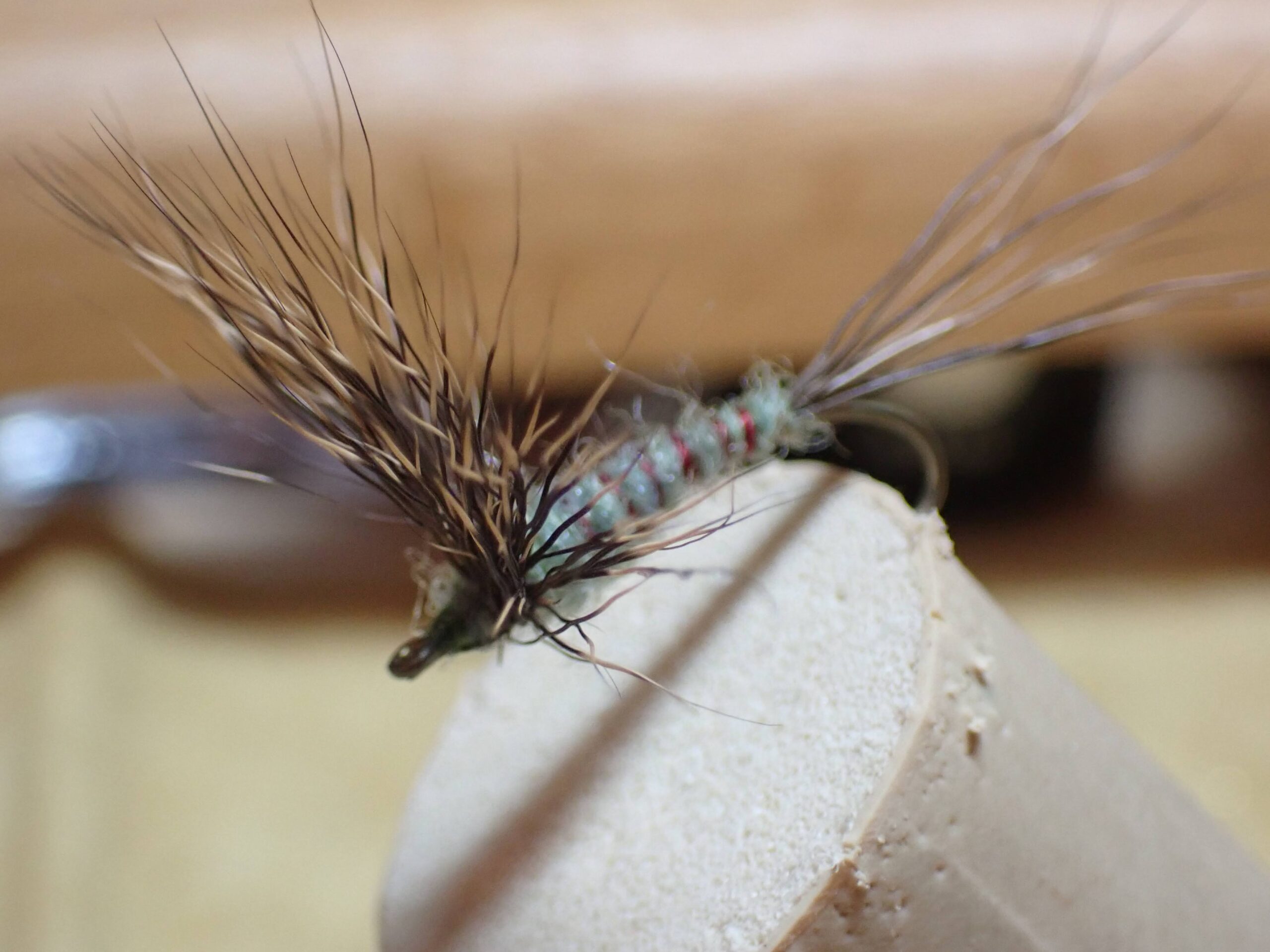 Size 12 Comparadun
Size 12 Comparadun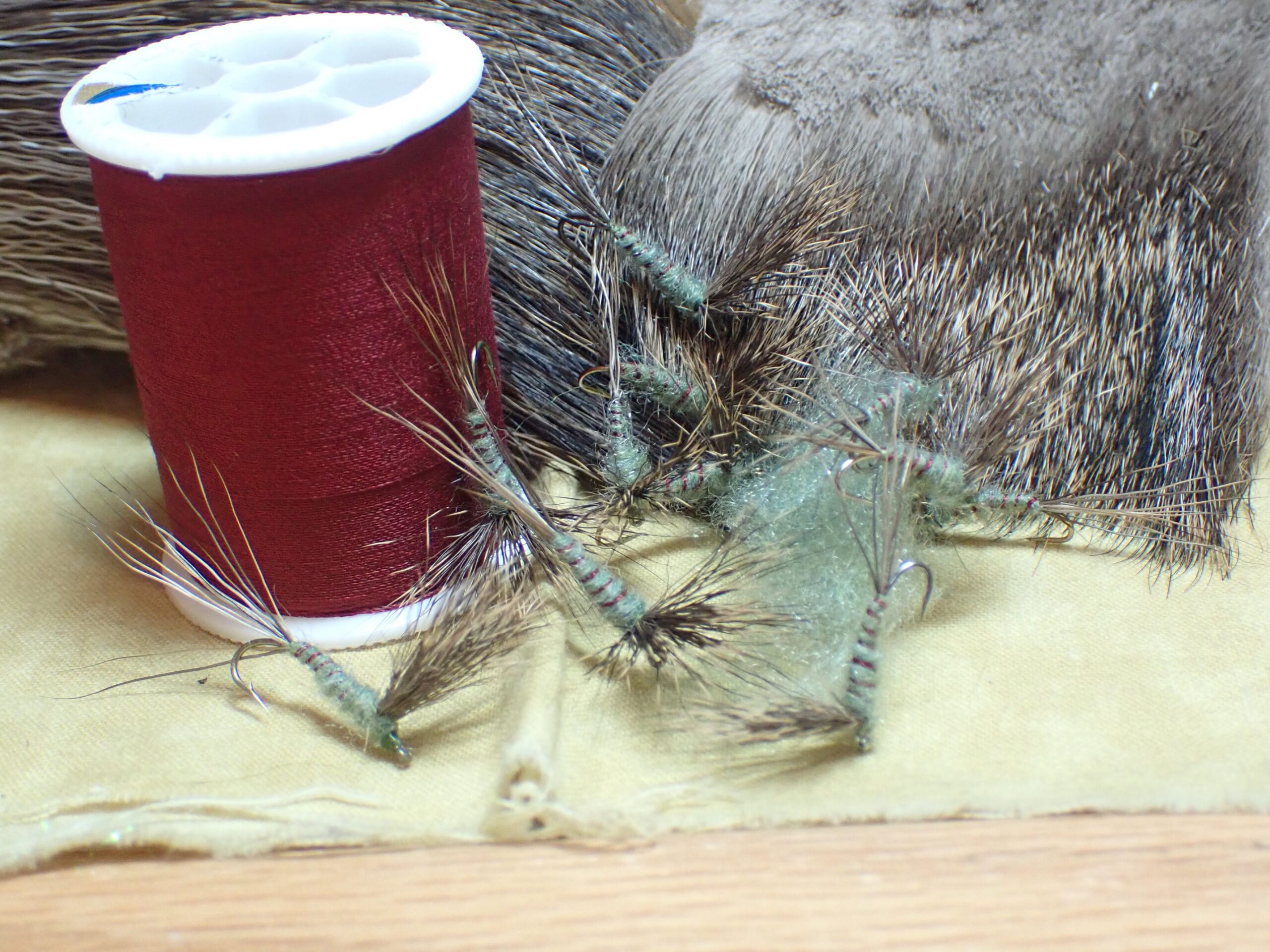
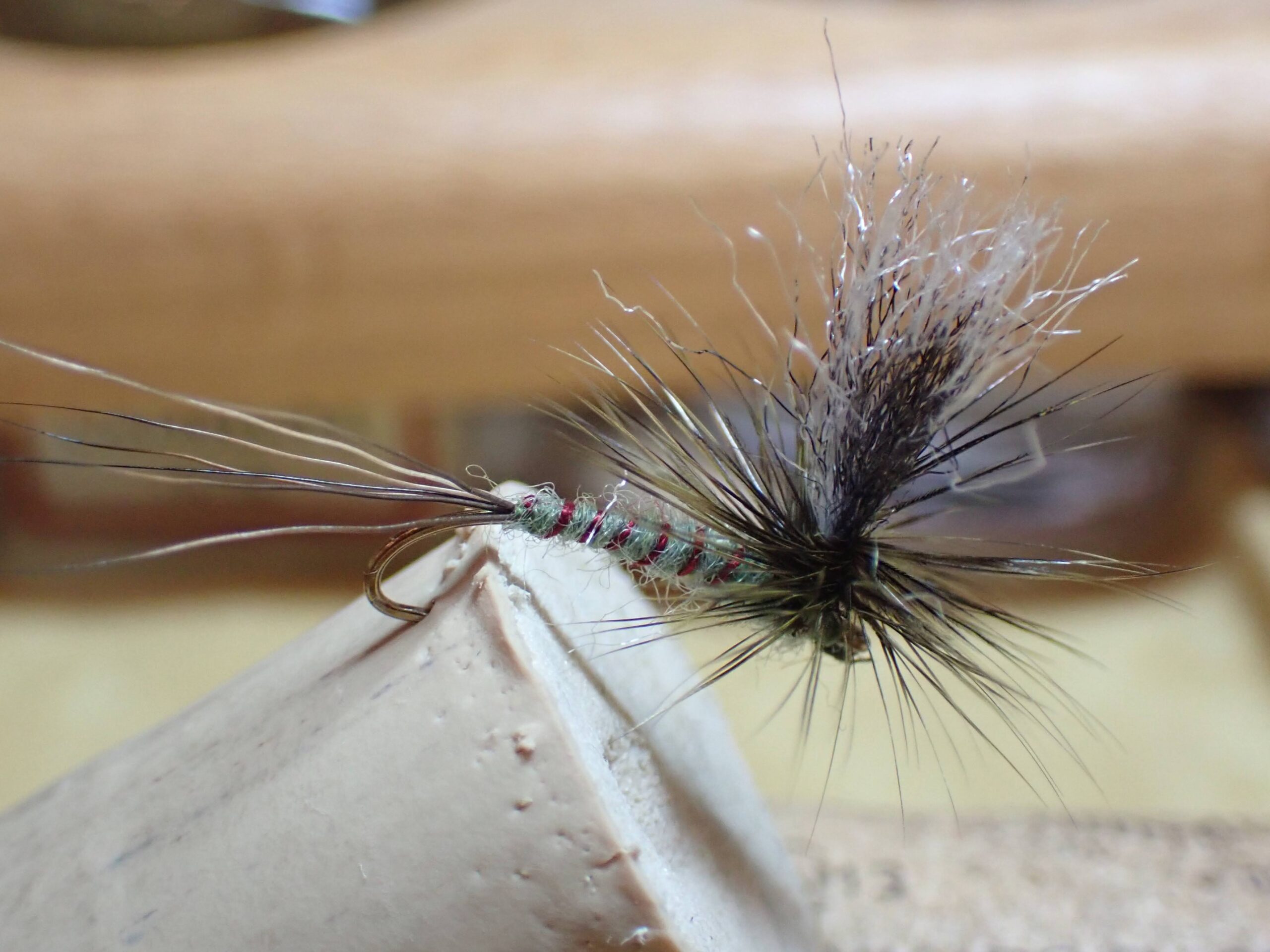 Size 14 Parachute Green Drake
Size 14 Parachute Green Drake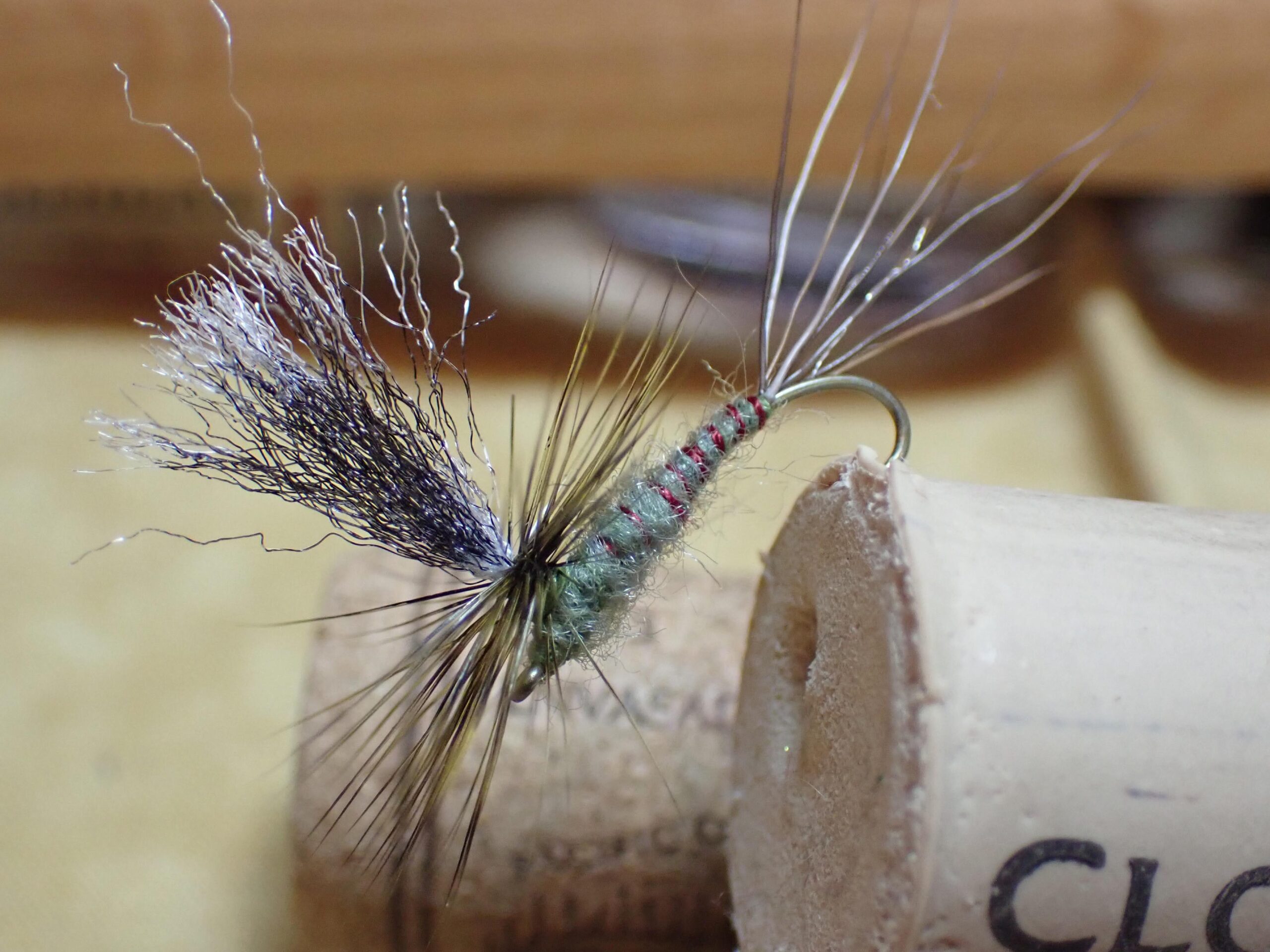 Size 12 Angled Left
Size 12 Angled Left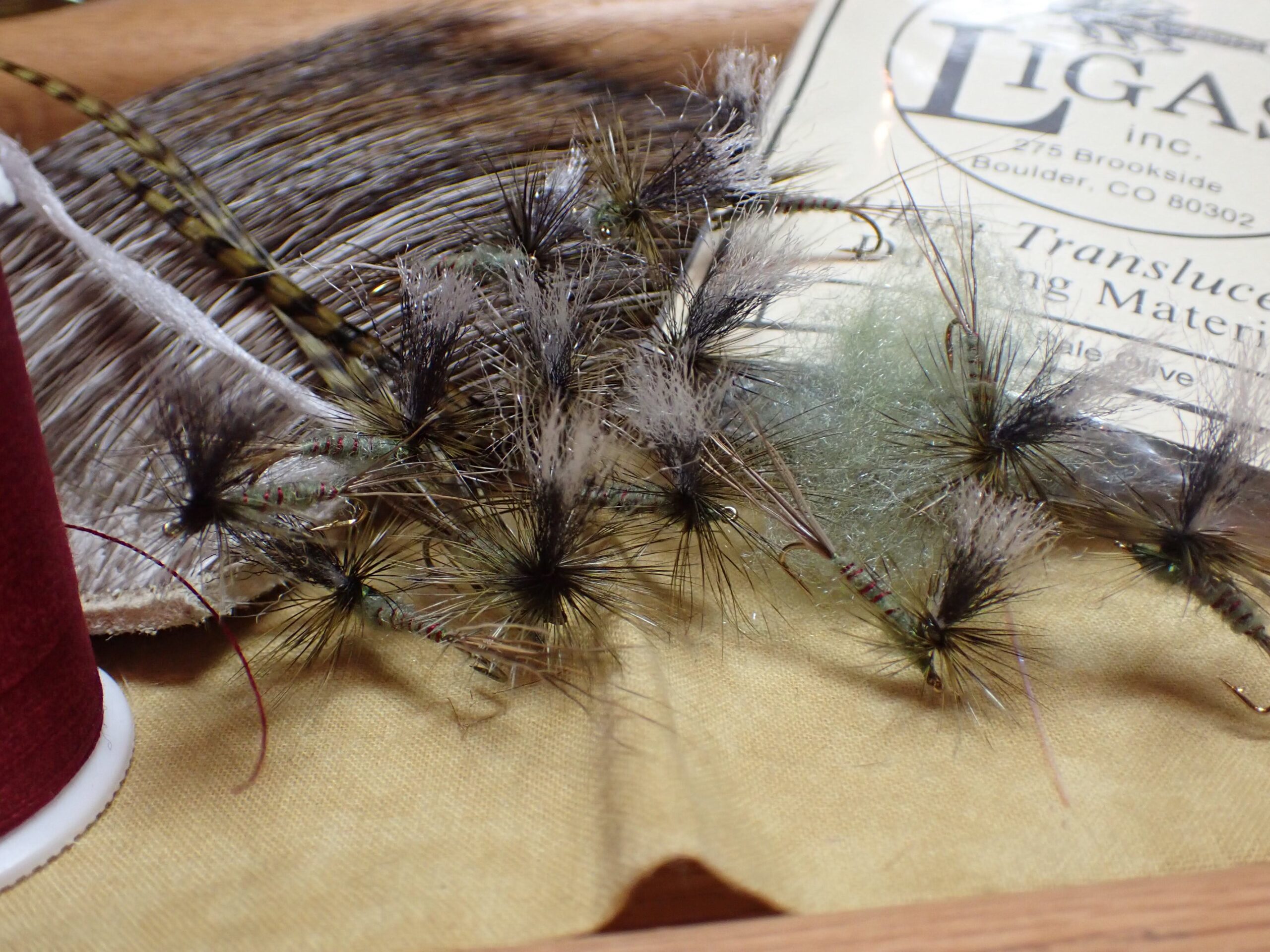 Materials Needed to Tie Parachute Green Drakes and a Batch of New Green Drakes
Materials Needed to Tie Parachute Green Drakes and a Batch of New Green Drakes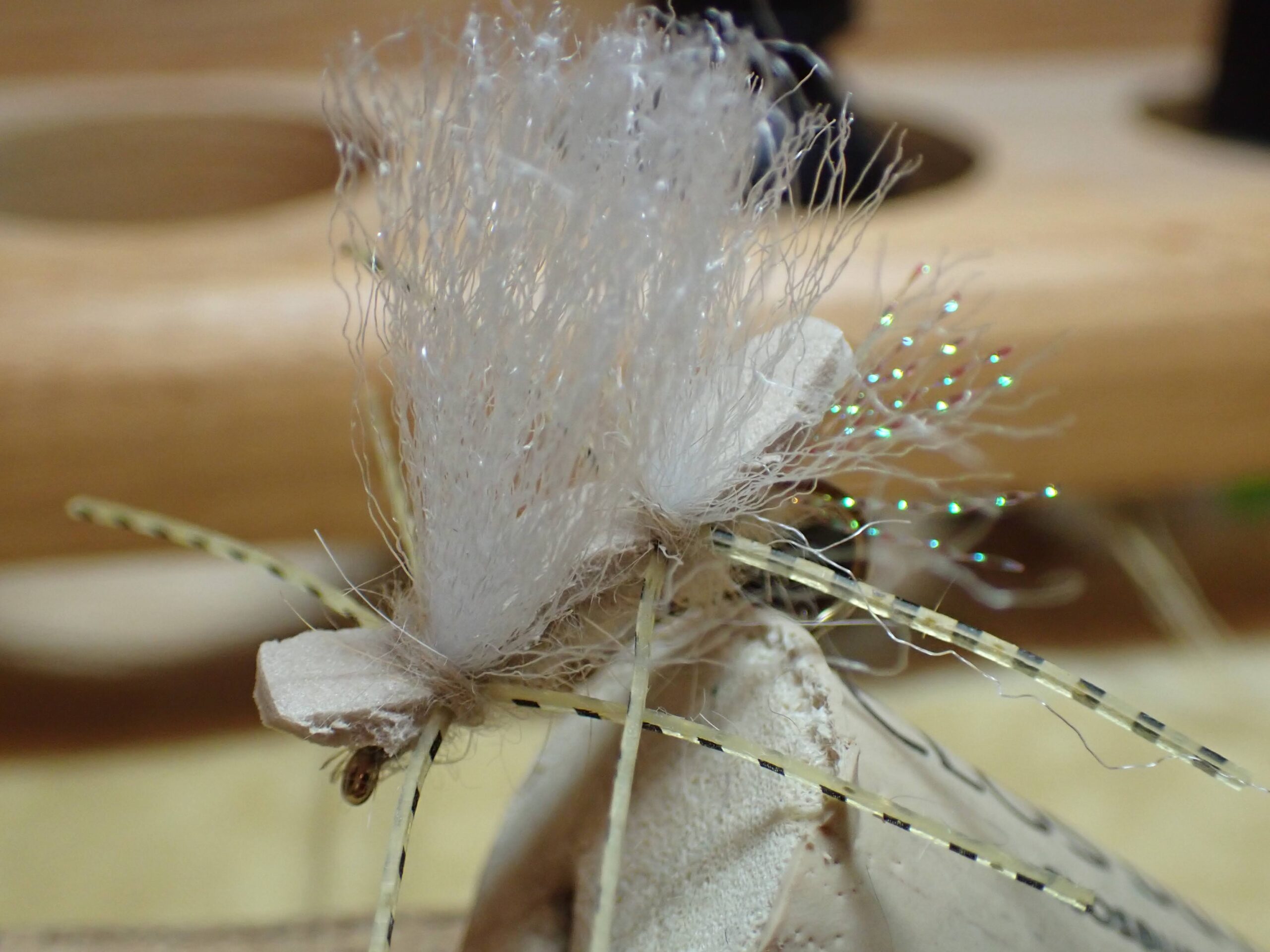 Large Wings
Large Wings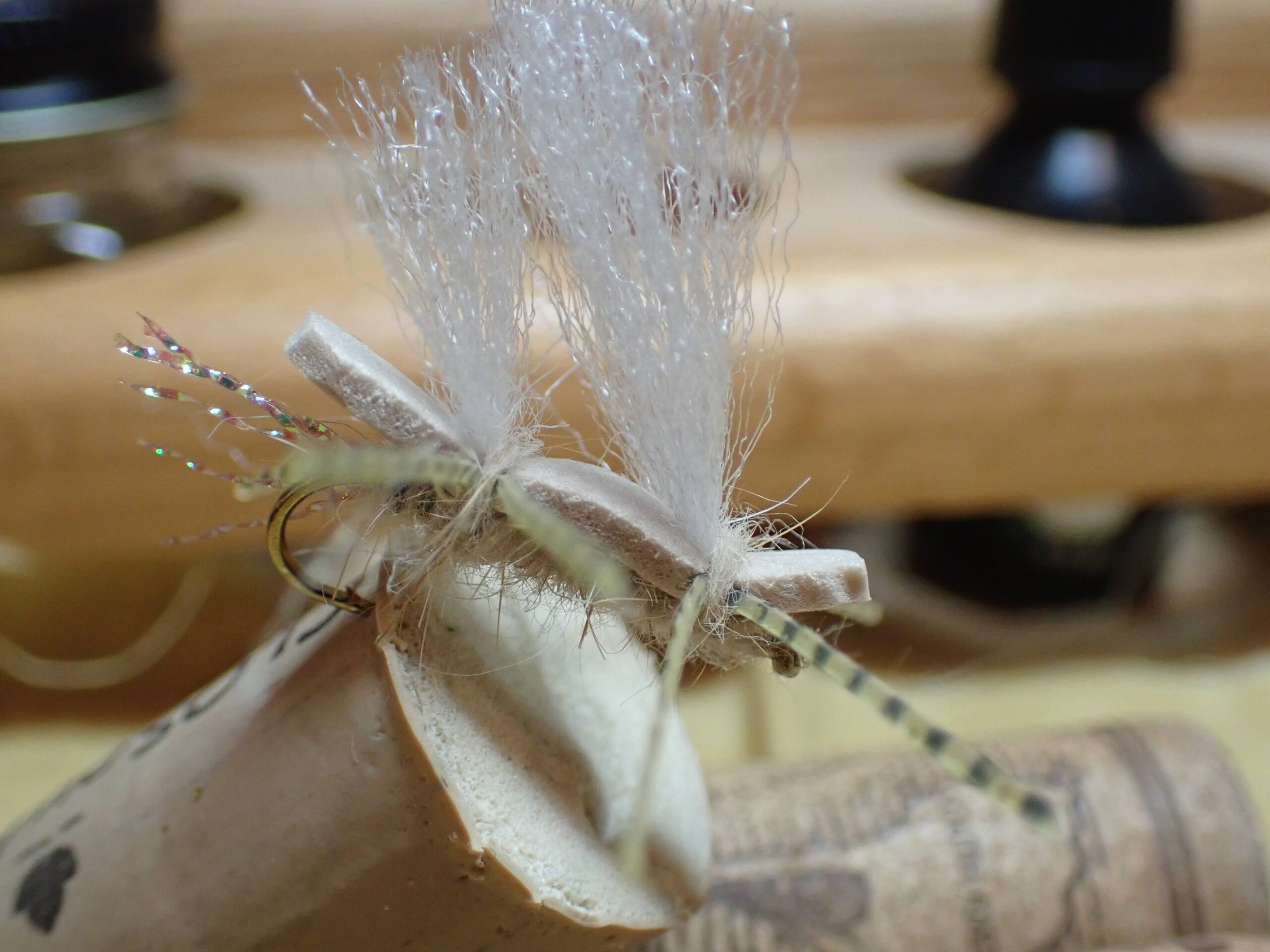 Tan Body
Tan Body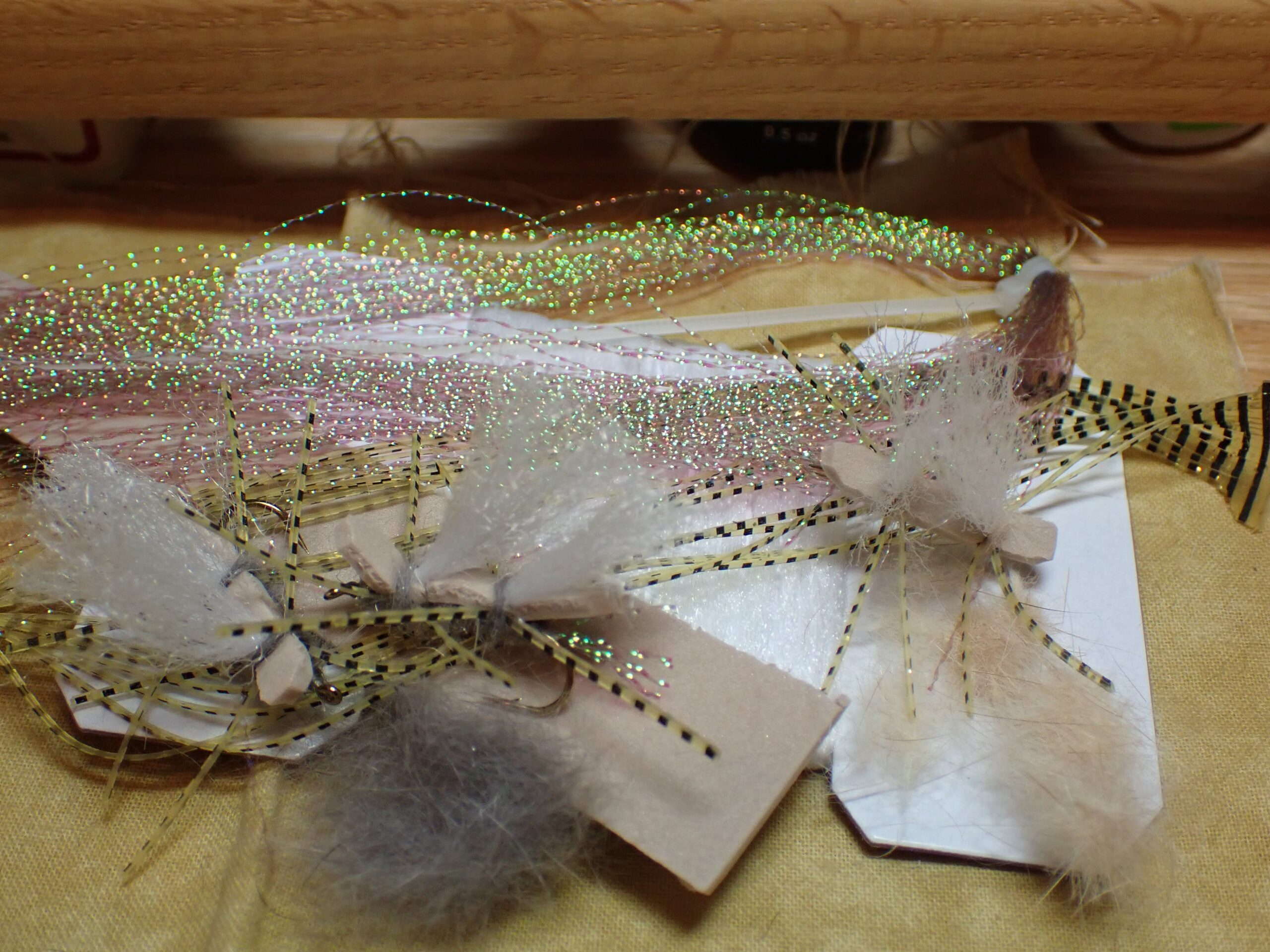 Three New Chubbys
Three New Chubbys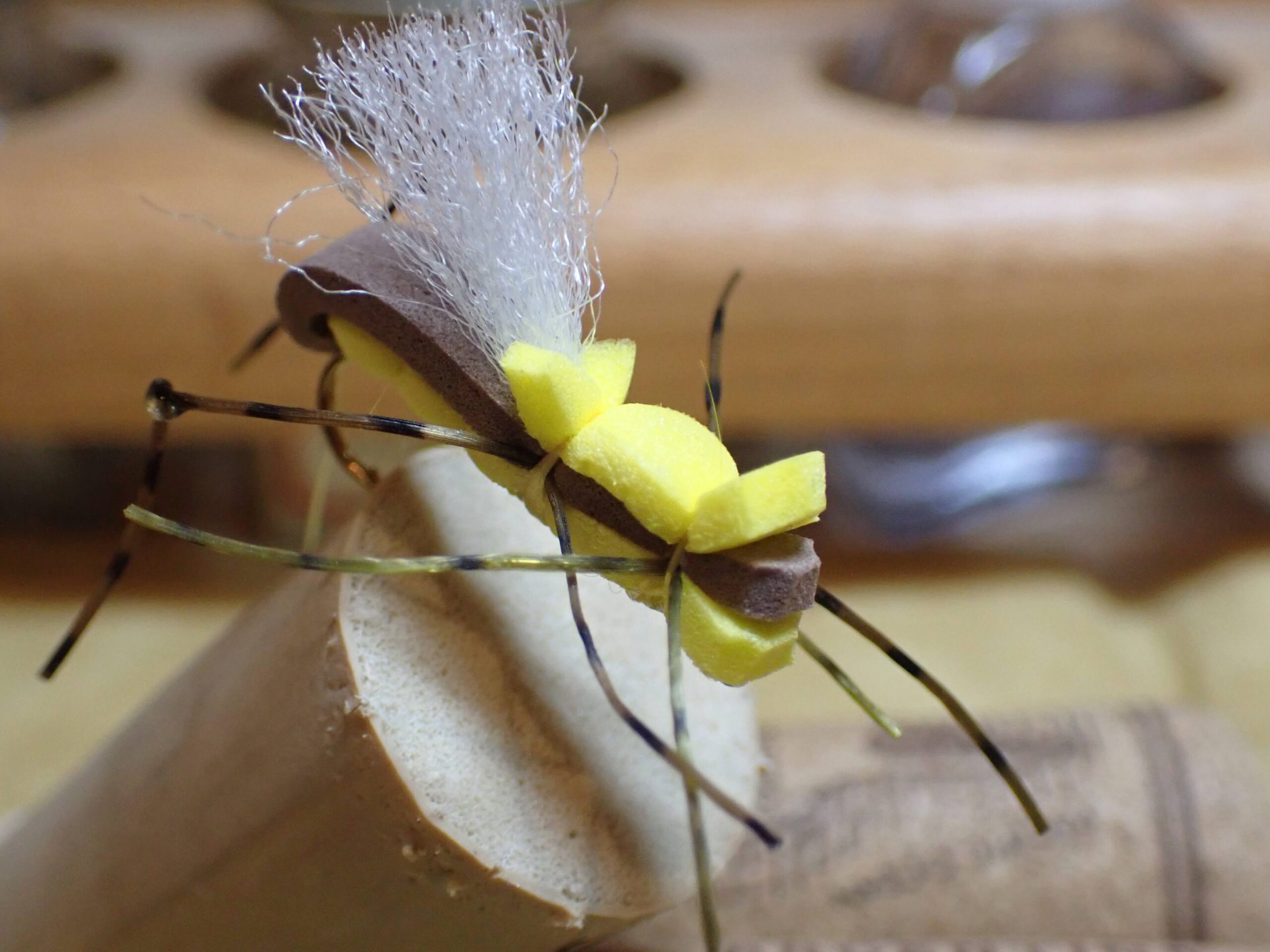 New One
New One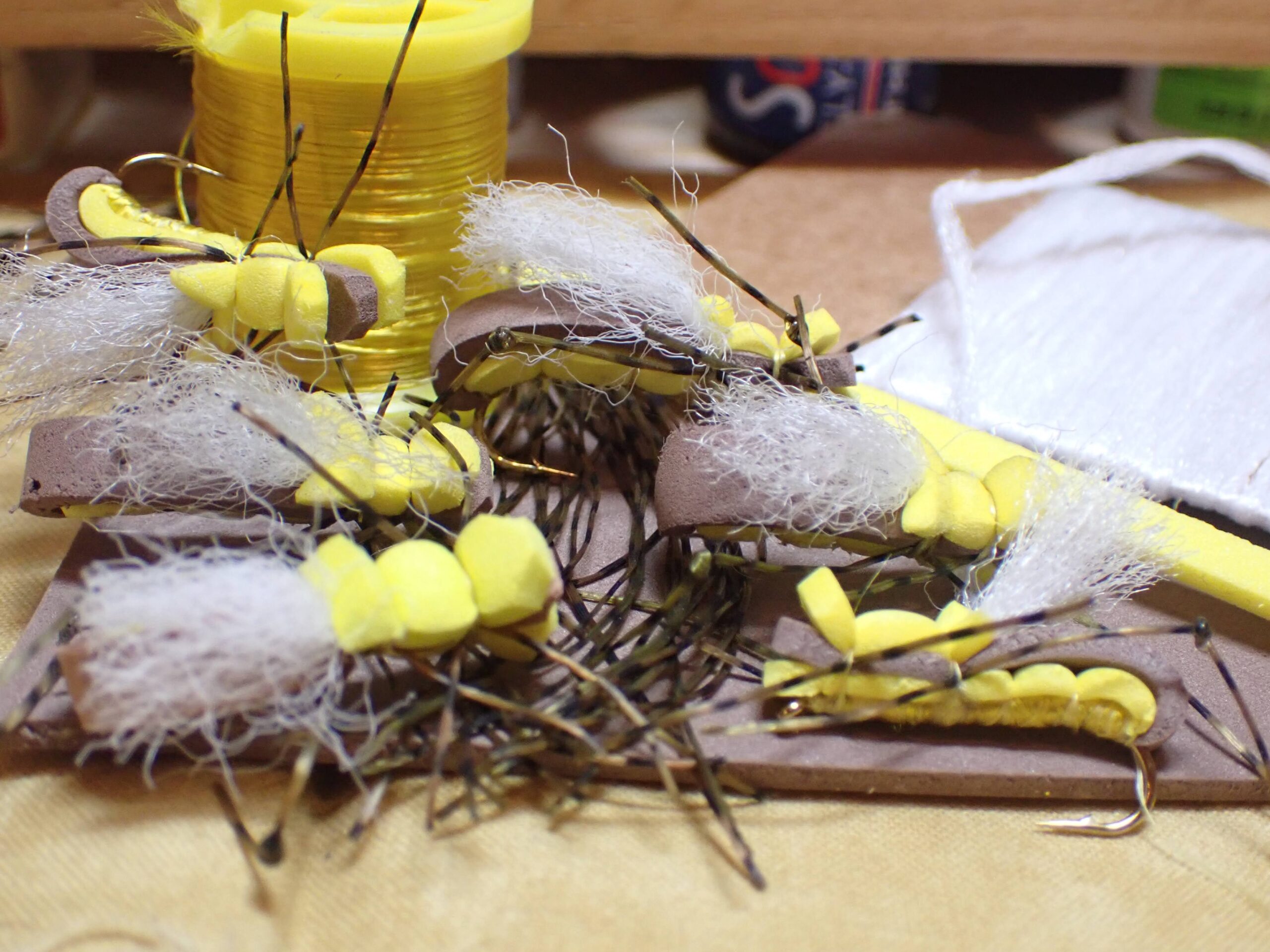 Cluster of Fat Alberts
Cluster of Fat Alberts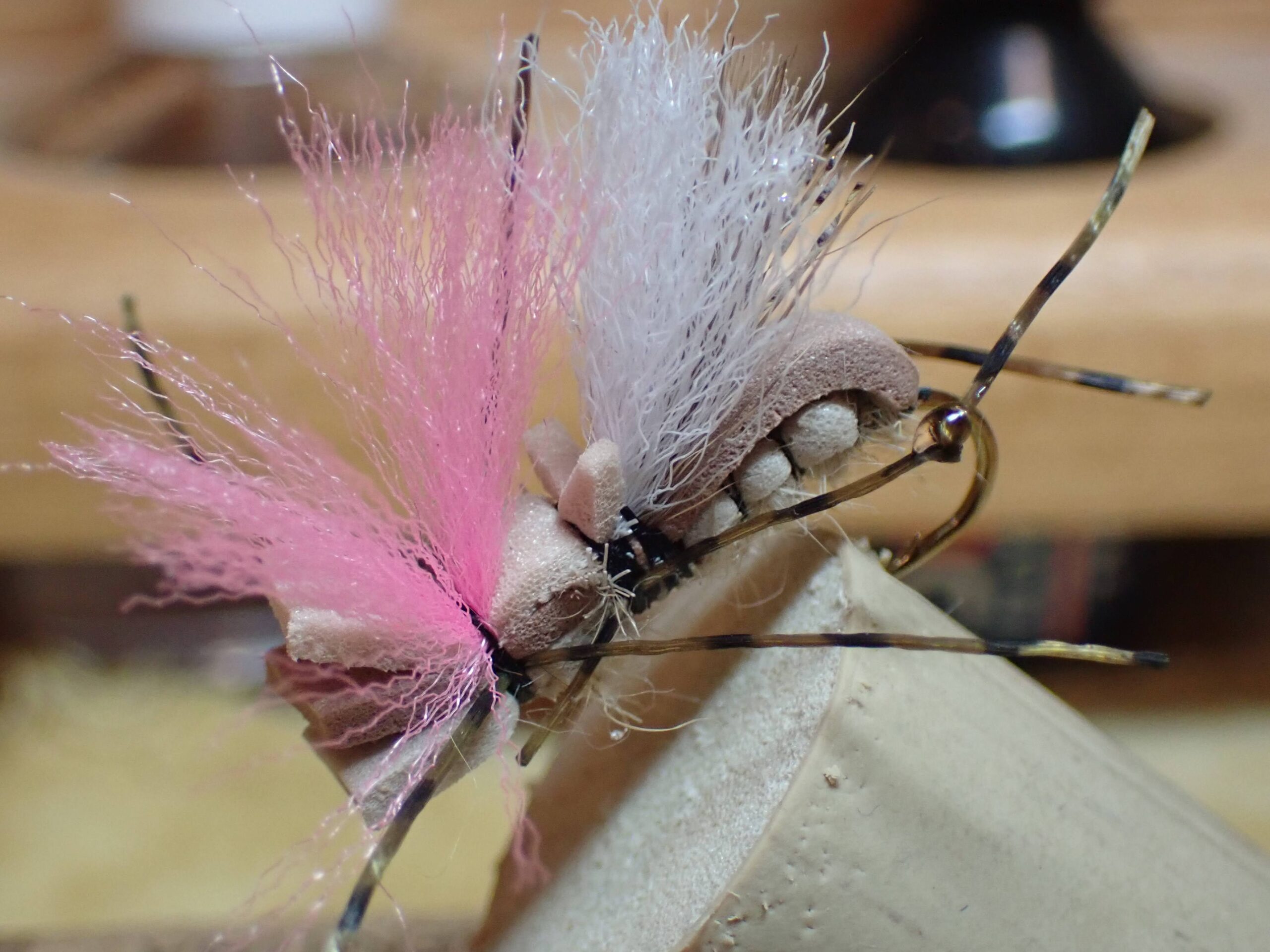 Nice Look
Nice Look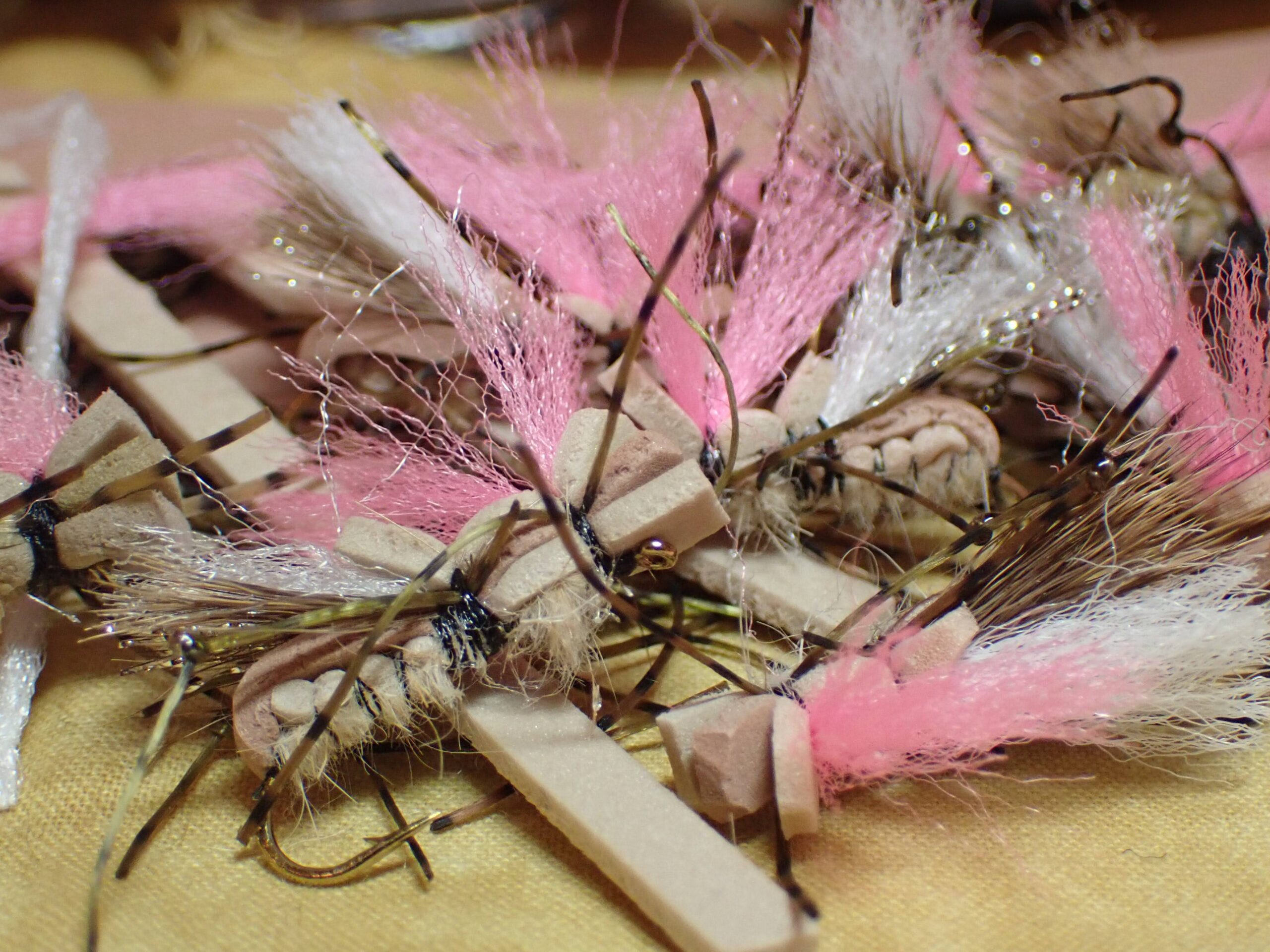 Cluster of Eight
Cluster of Eight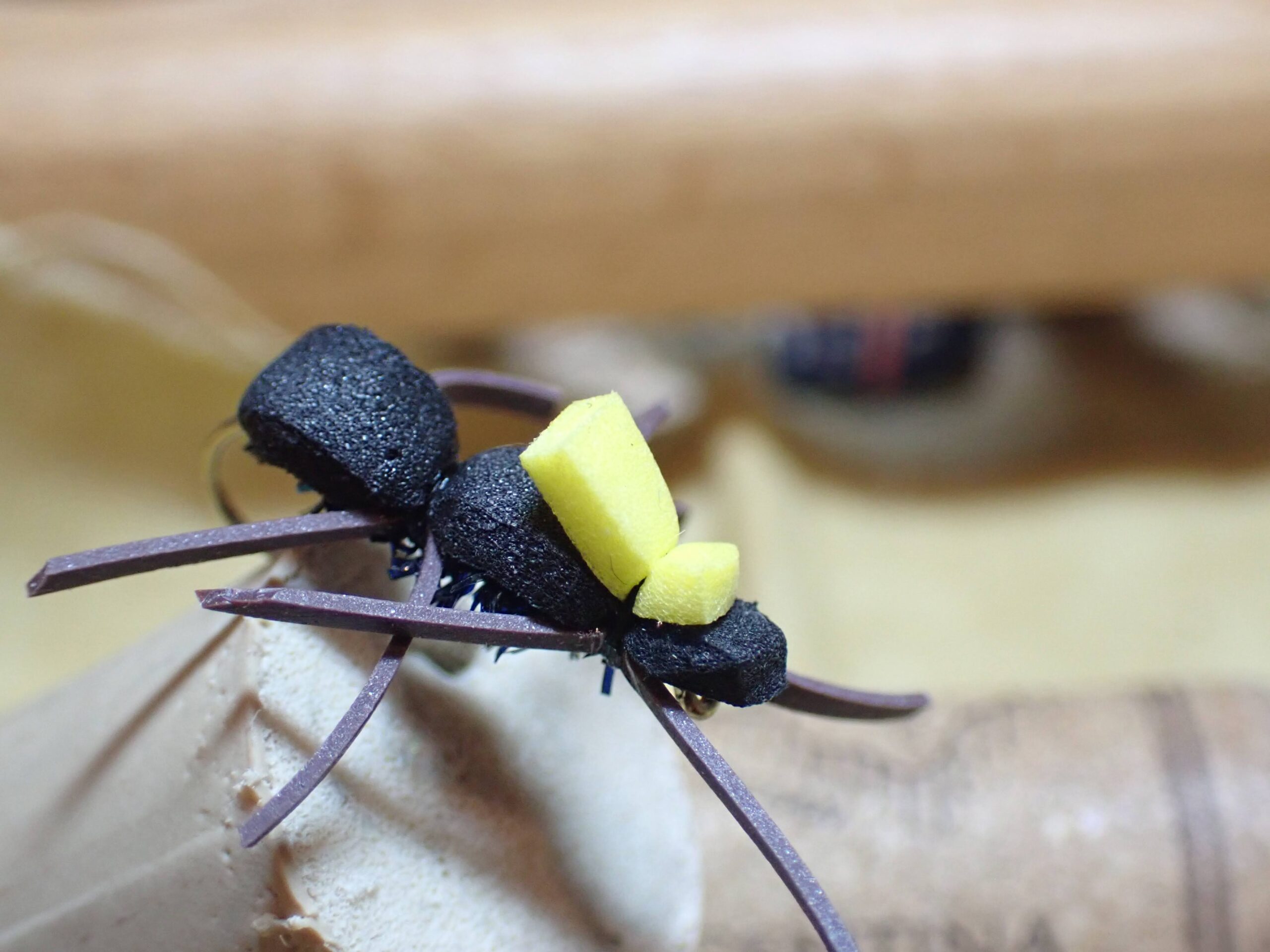 Ready For Action
Ready For Action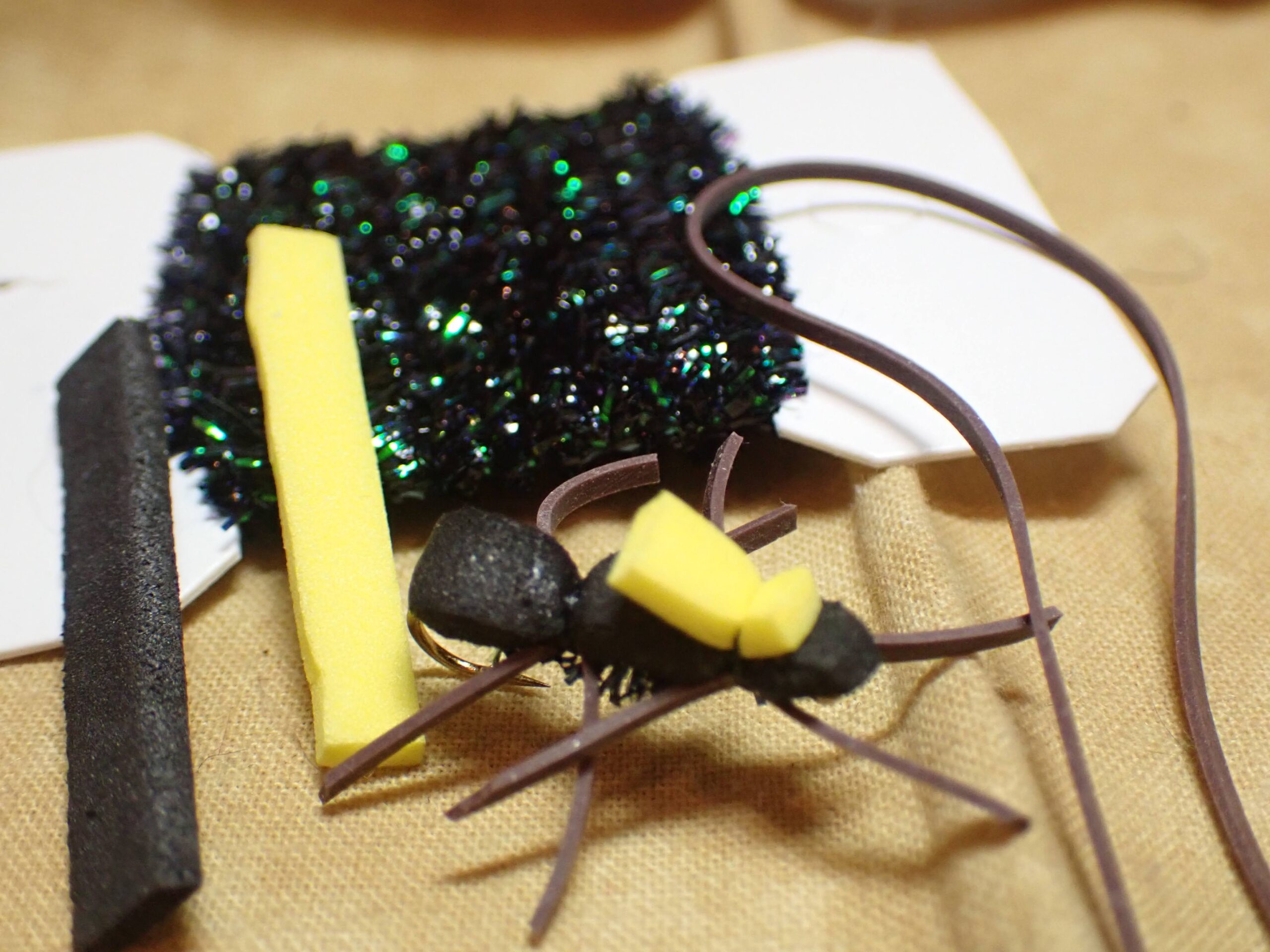 A Few Materials Required
A Few Materials Required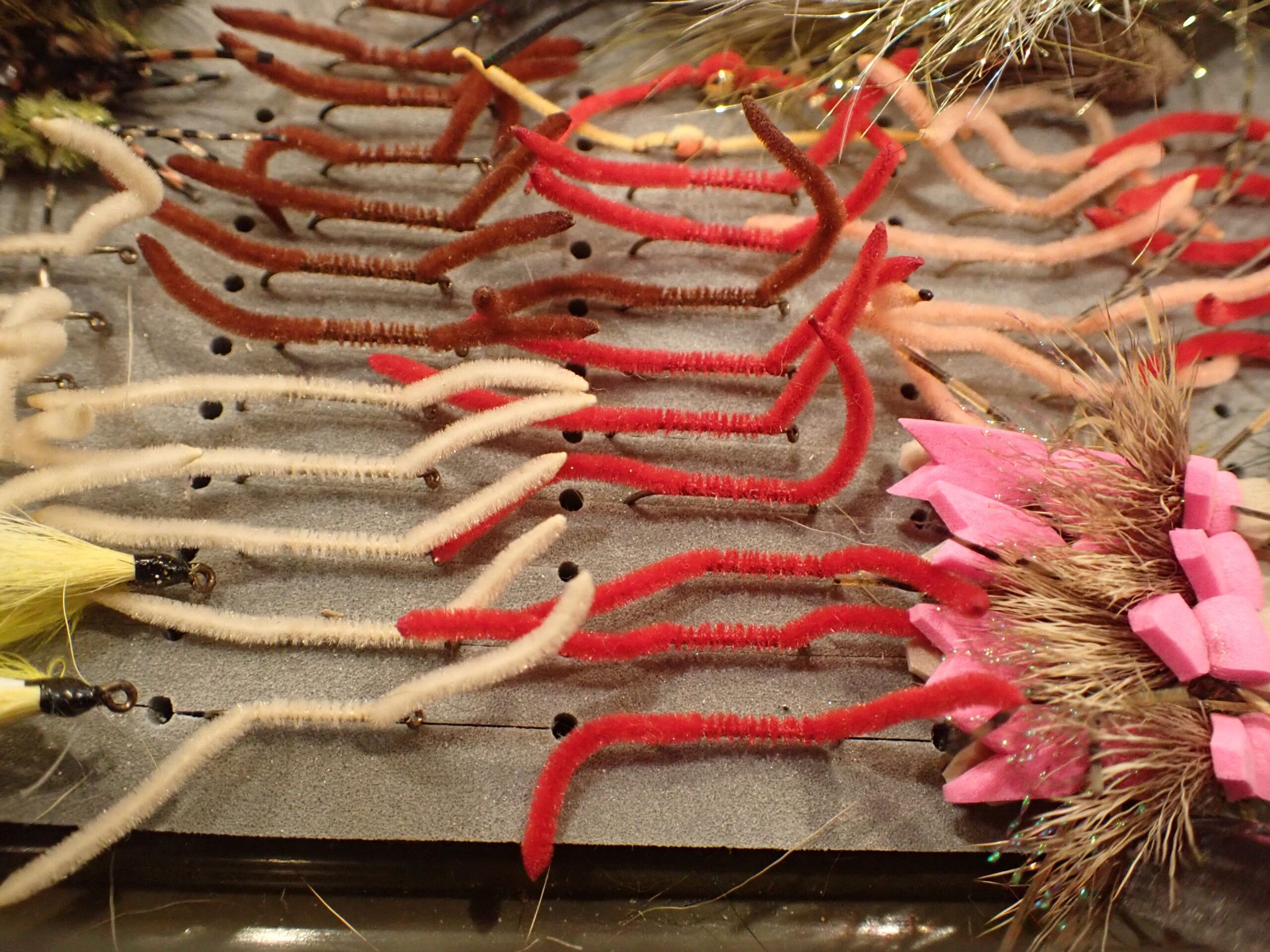 Lots of San Juan Worms
Lots of San Juan Worms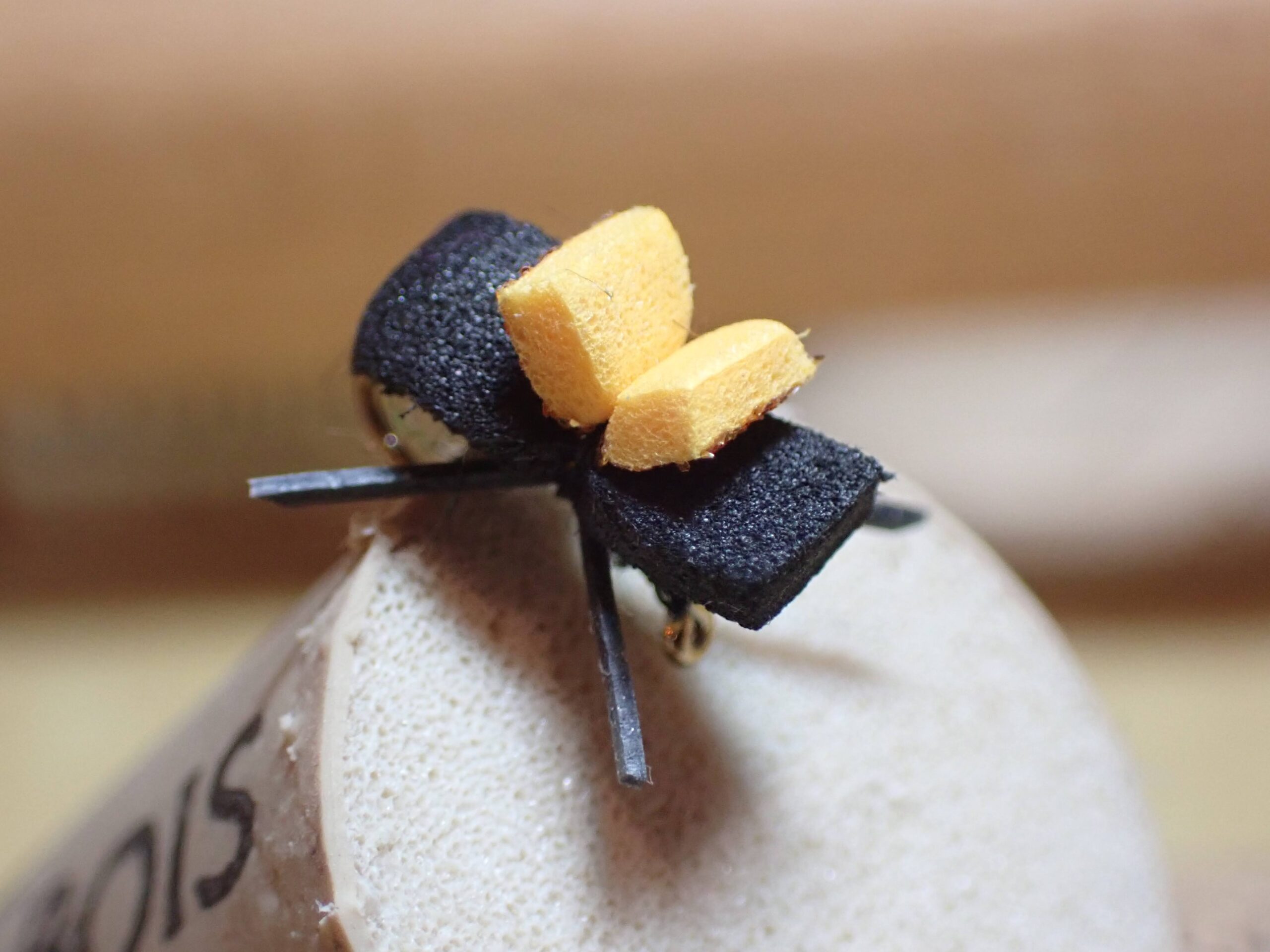 Angled Look at a size 14
Angled Look at a size 14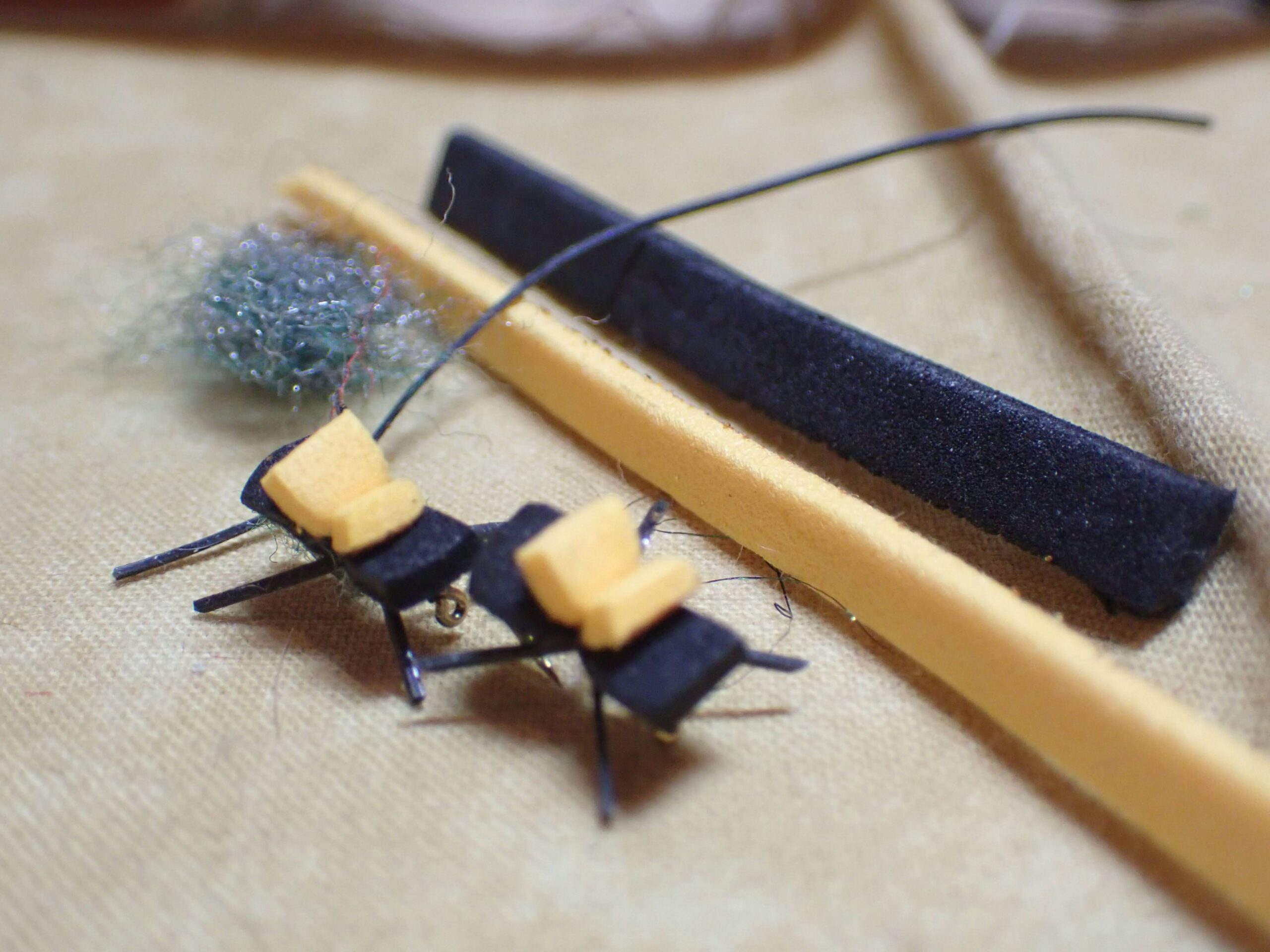 Materials and Two Beetles
Materials and Two Beetles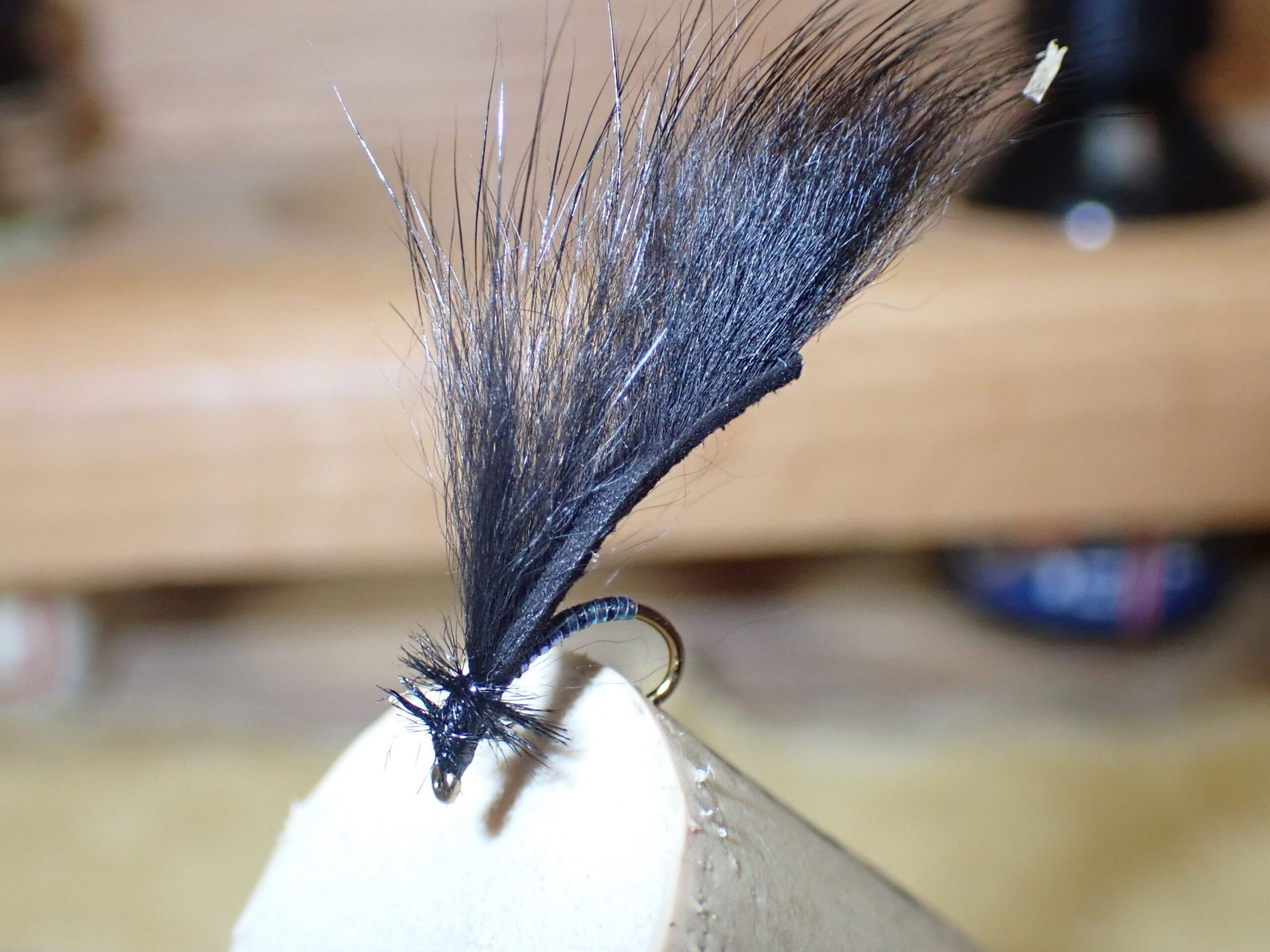 Beadless Mini Leech
Beadless Mini Leech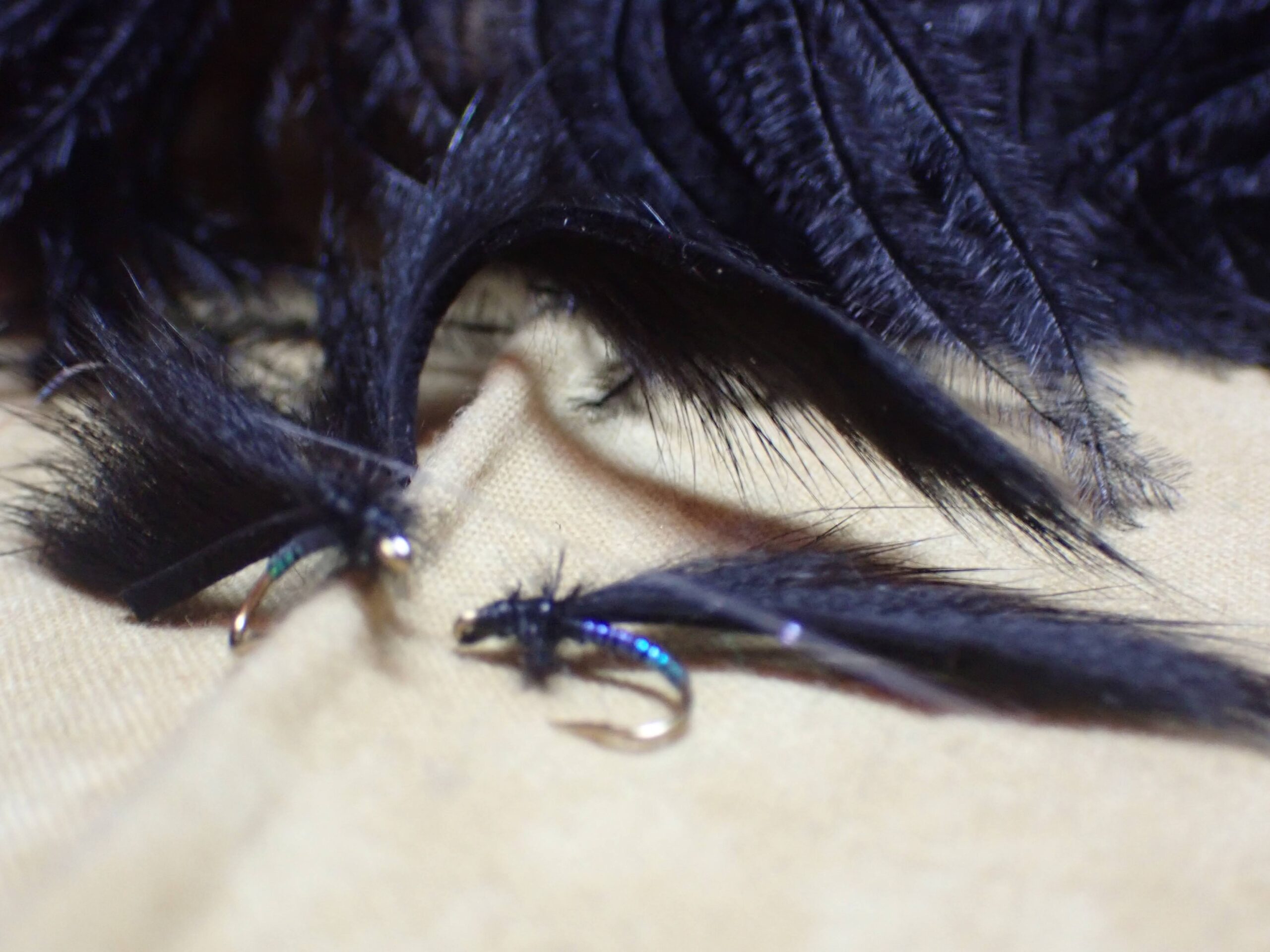 Materials and Two More
Materials and Two More